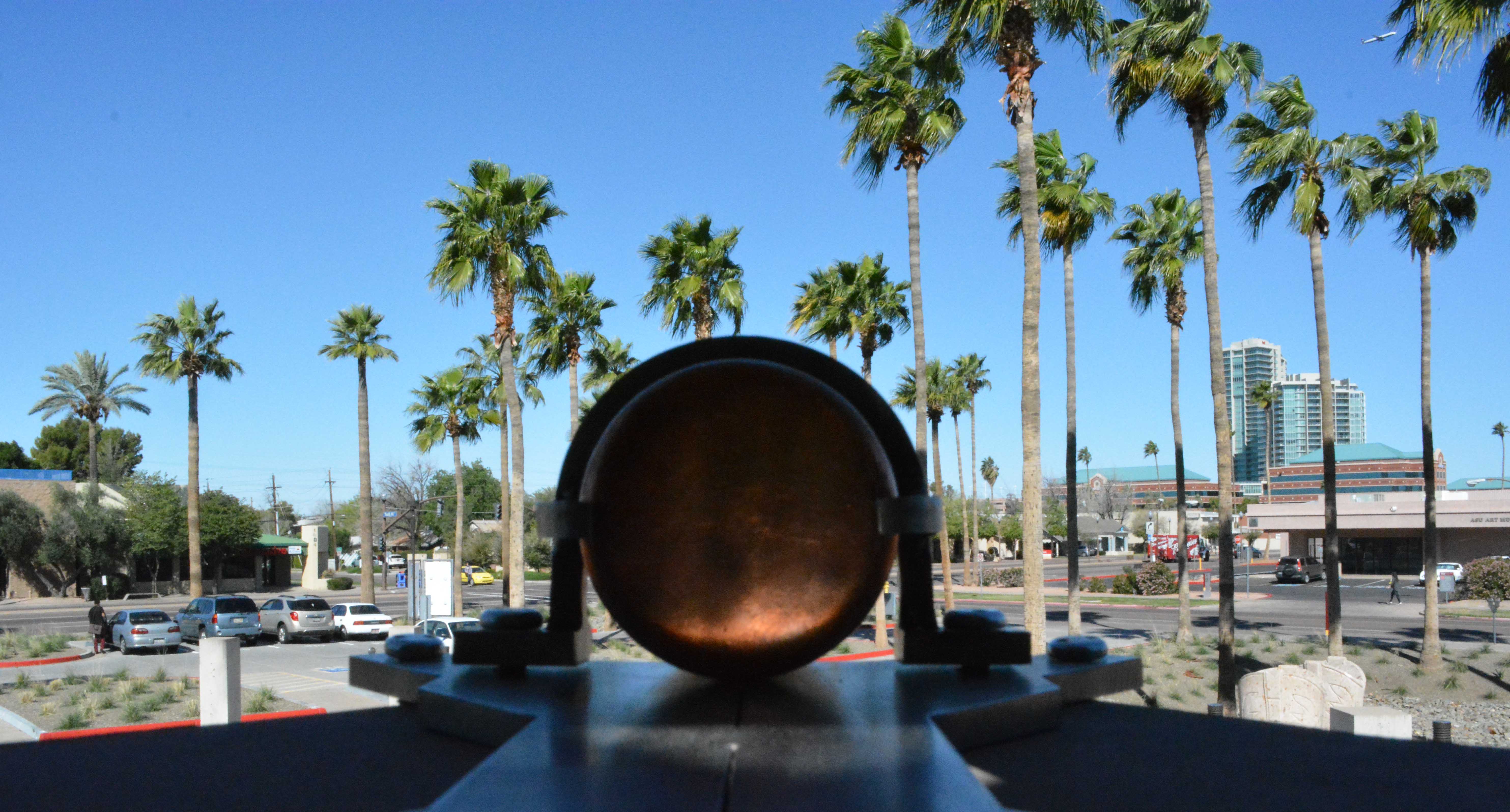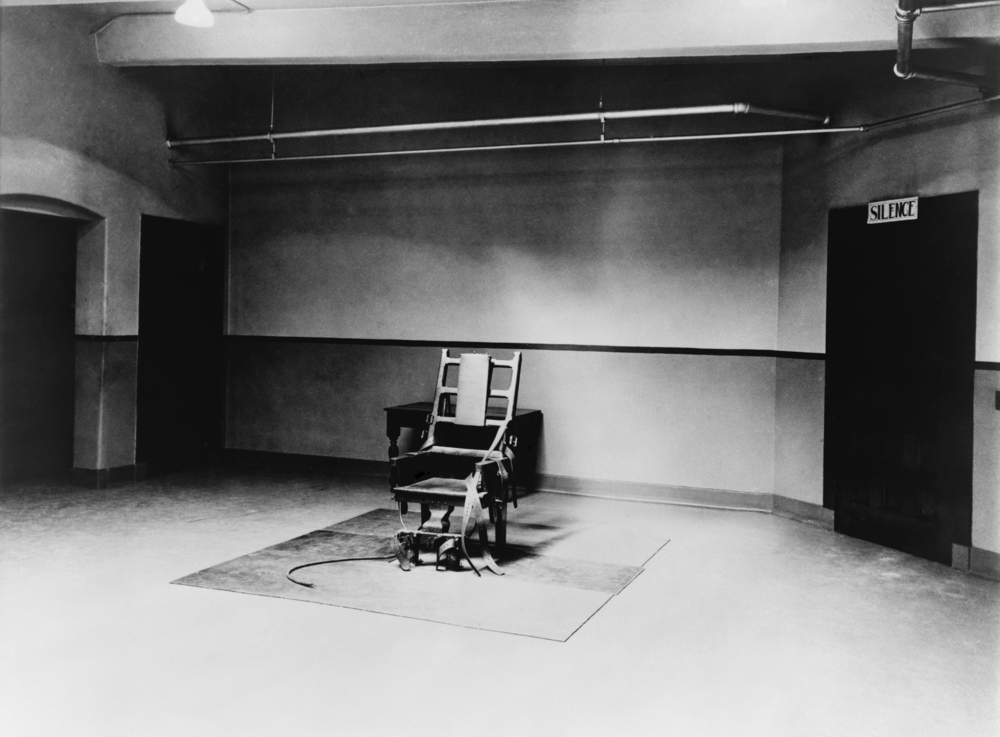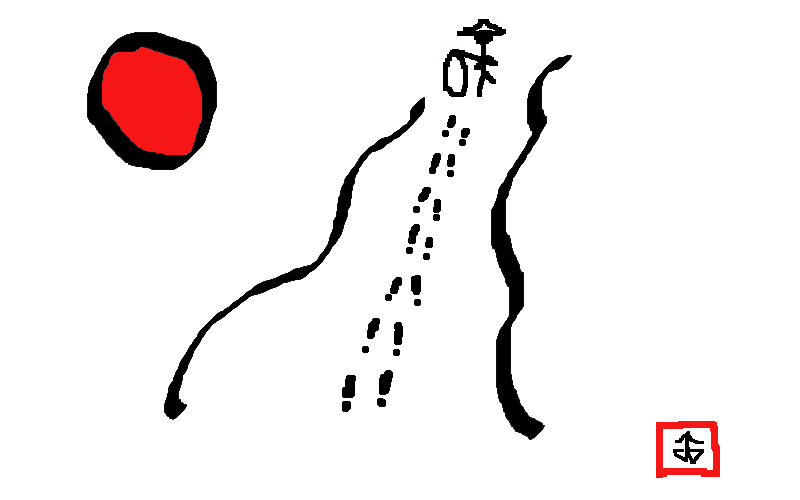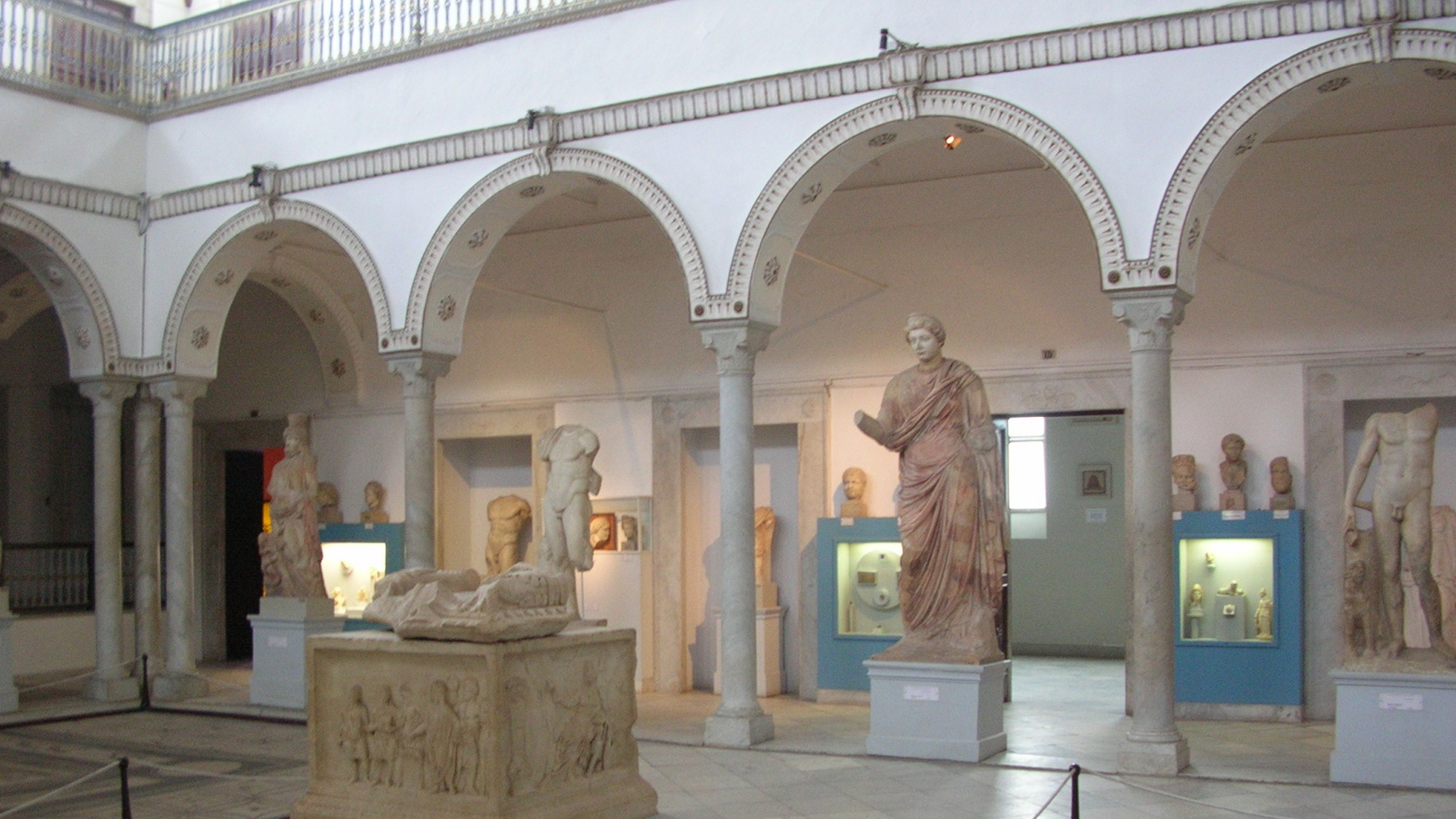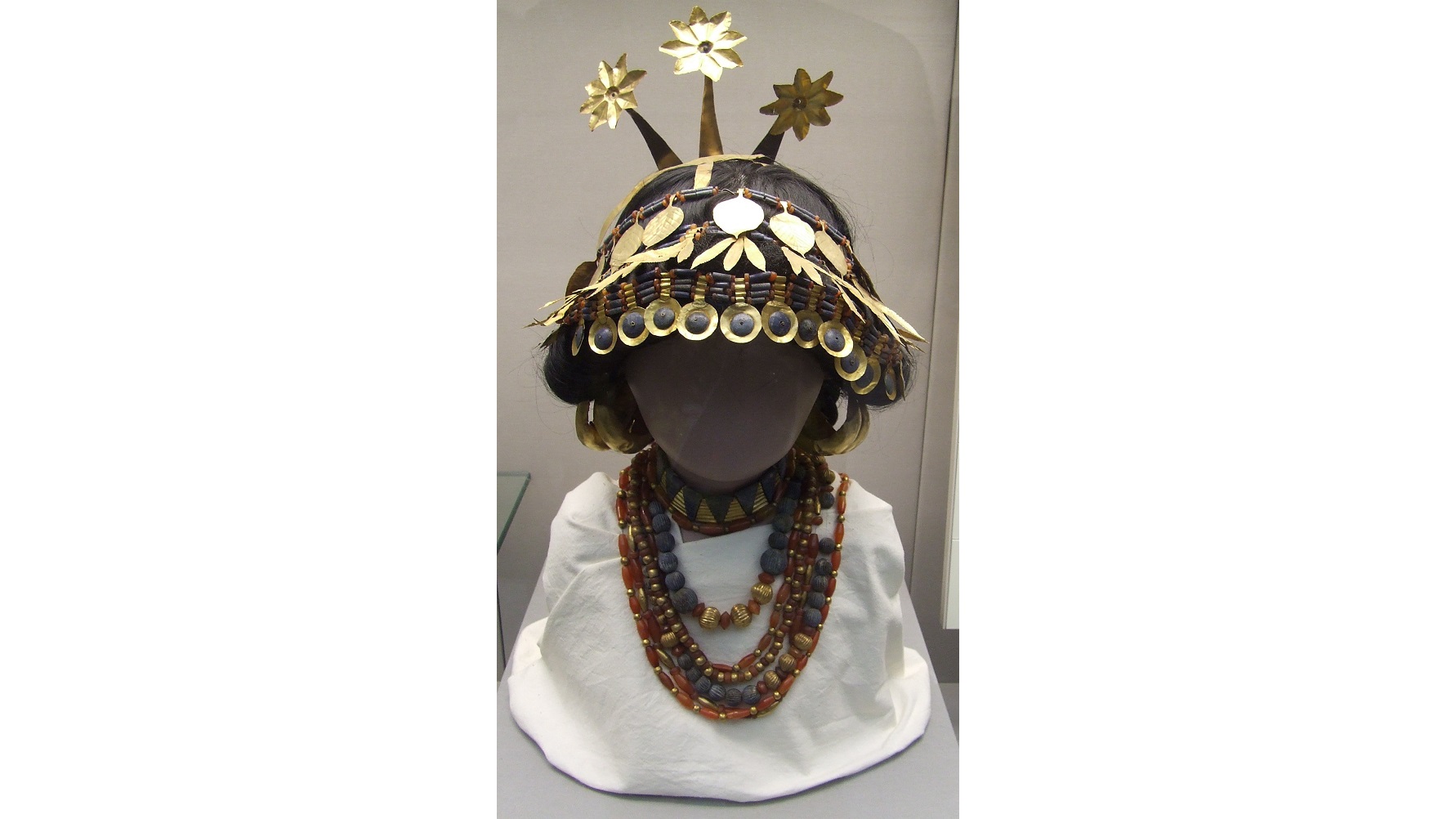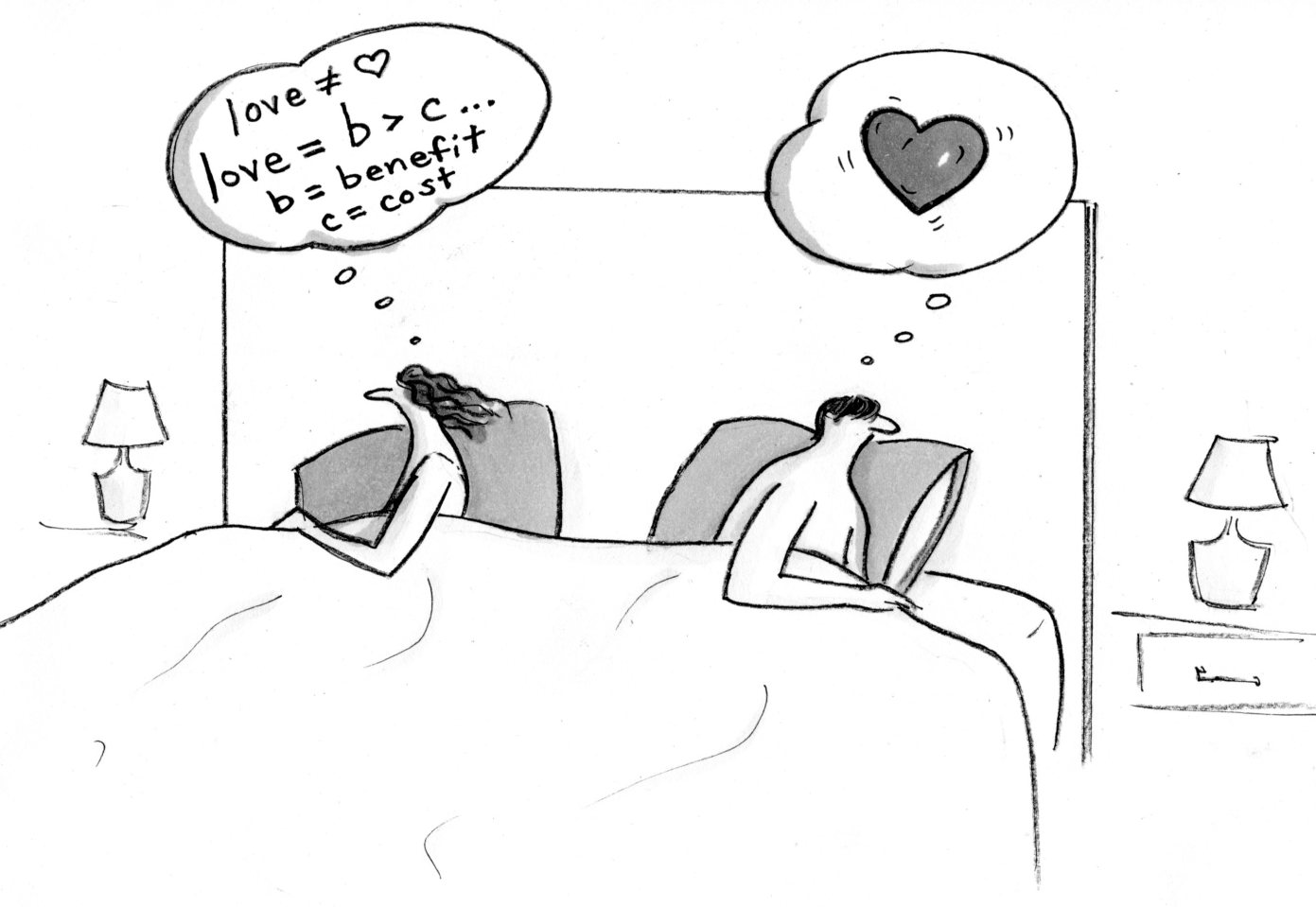Psychedelics like psilocybin and LSD are being researched again after a 40-year hiatus, and the results are promising, from both a scientific and spiritual perspective.
Search Results
You searched for: Imagin today
Beating a polygraph test is as simple as understanding its psychological facets and turning them in your favor.
Something like social contracts likely run deep in our nature. As does the “economic justice” they need. The largest database we have on hunter-gatherer cultures suggests our ancestors had rigidly egalitarian tendencies 10,000 generations ago.
June 21 is International Yoga Day, a move sponsored by the Indian prime minister — and quickly capitalized upon by the Indian tourism board.
Is it like that Corn God myth? Do you devour them?
They’re our best measurement of dark energy, even better than supernovae! “If you think this Universe is bad, you should see some of the others.”–Philip K. Dick Imagine you’re looking […]
David Butler, vice president of Innovation and Entrepreneurship at Coca-Cola, speaks to the harms that befall big companies that refuse to adapt to remain relevant.
Research shows that kids who get to school under their own steam enjoy learning benefits in the classroom. Unfortunately, varying social factors and infrastructural limitations often make such commutes difficult, if not impossible.
On January 1, 2016, one of the most infamous books of the 20th century — Adolf Hitler’s Mein Kampf — enters public domain and can be published by anyone in Germany for the first time since the end of World War II. Seventy years after the fall of the Nazis, people still debate allowing that particularly evil genii out of the bottle to influence young minds. Others argue that the genii’s been out of the bottle all along, either through underground sources or, more recently, the Internet. More controllable, however, have been the propaganda films of the Nazis, whose chief propagandist, Joseph Goebbels, announced in 1941 that, “Film is our most important medium for propaganda.” Felix Moeller’s new documentary Forbidden Films: The Hidden Legacy of Nazi Film examines this question of allowing new generations to see these banned films and, if so, how to show them without that evil history repeating itself.
Before the first star ever formed, the Universe was filled with light. But how? “Light thinks it travels faster than anything but it is wrong. No matter how fast light […]
Marketplace’s David Gura recently reported on the success of American architects who help paint the Shanghai skyline with bold and innovative designs.
What does it mean to be confident? Author and broadcaster Claire Shipman explains what surprised her most when researching confidence in both professional and nonprofessional contexts.
Every so often, an individual comes forward with a completely original idea that changes how we view the world, starting as if from nowhere, without relying on the gains of the past.
Without this one piece of the puzzle, everything we know falls apart. “Is no one inspired by our present picture of the Universe? This value of science remains unsung by […]
Mama, Don’t Let Your Babies Grow Up To Deny Evolution If adults want to deny evolution, sure. That’s fine. Whatever. But those adults better not make their kids follow in […]
If our “standard candles” aren’t so standard, is dark energy still real? “Some say the world will end in fire,Some say in ice.From what I’ve tasted of desireI hold with […]
The chief executive officer and president of NPS Pharmaceuticals walks us through the health innovations we can expect in the coming decades.
What matters more? Money or privacy? For Kansas City residents that have the option to pay a little more for some internet privacy, most have chosen to remain open to targeted ads.
Thanks to Big Think’s favorite experimental philosopher Jonathon Keats, our great-great-great-great-great-great-great-great-great grandchildren will have a photographic record of how Tempe, Arizona, in 3015 ended up that way.
There are three things an idea must do to become a full-fledged scientific theory. How does the Multiverse stack up? “It’s hard to build models of inflation that don’t lead […]
If the question of life or death resides in the hands of a deity, then the death penalty is a sin against that god. Yet if it’s in our own hands, a woman deciding whether or not to bring a child forth should not be made to feel guilty, or worse, that she herself has sinned.
“Much of what we now call ‘religion’ was originally rooted in an acknowledgement of the tragic fact that life depended on the destruction of other creatures,” writes Karen Armstrong.
It’s subtle and pernicious as hell how this happens. How we transform something that’s supposed to make us more open and balanced into a shiny new prison of things, jargon, and obligations.
Could a strong enough tether save you? Or is your fate inevitable? “Nobody ever did, or ever will, escape the consequences of his choices.”–Alfred A. Montapert Everyone is free to […]
The attack at the Bardo National Museum in Tunis, Tunisia, on March 18, 2015, was an attack on civilization itself. Not just Tunisian civilization or Western civilization or Islamic civilization or Christian civilization — ALL civilization. ISIS may not have been directly involved in the Tunisian attack, but its iconoclastic, its “year zero” philosophy certainly was present. The fact that these attackers targeted tourists seeking out ancient civilizations rather than the artifacts of those ancient civilizations makes this latest tragedy even more chilling. The Bardo National Museum attacks may one day emerge as the first battle in the ultimate fight for civilization’s survival.
When British archaeologist Leonard Woolley discovered in December 1927 the tomb of Puabi, the queen/priestess of the Sumerian city of Ur during the First Dynasty of Ur more than 4,000 years ago, the story rivaled that of Howard Carter’s discovery of Tutankhamun’s tomb in Egypt just five years earlier. “Magnificent with jewels,” as Woolley described it, Puabi’s tomb contained the bodies of dozens of attendants killed to accompany her in the afterlife — the ideal material for a headline-grabbing PR campaign that momentarily shouldered Tut out of the spotlight. A new exhibit at New York’s The Institute for the Study of the Ancient World titled From Ancient to Modern: Archaeology and Aesthetics puts Puabi back in the spotlight to examine how archaeology and aesthetics intersected, transforming ancient art into modern and making modern art strive to be ancient.
It’s common to dismiss the sorts of processes undertaken by the characters in CSI or House as the stuff of fantasy. MetaMed Research co-founder Michael Vassar argues that we’ve got that all wrong.
Romance and reason are becoming estranged bedfellows (too bad—they were a cute couple). Does love’s logic now add up? Or is love like “happiness,” a low-resolution word (unhelpful in seeing key distinctions). Food for thought on love’s unrequited logic…
The biographer evaluates the current state of technology-based communities and suggests that future innovations will completely revolutionize the way we write books.













